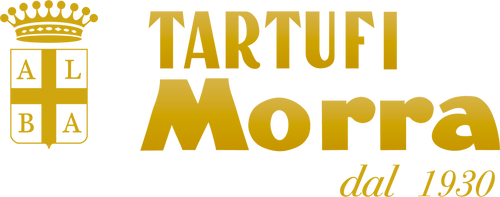What is a truffle?

Have you ever wondered what a truffle is?
 A truffle is a wild mushroom which, unlike other mushrooms, grows underground rather than above ground. It draws nourishment from the roots of trees, with which it forms a symbiotic relationship. The truffle bonds with the tree's root system, generating what is scientifically known as mycorrhizae. The symbiosis benefits both the tree and the truffle.
A truffle is a wild mushroom which, unlike other mushrooms, grows underground rather than above ground. It draws nourishment from the roots of trees, with which it forms a symbiotic relationship. The truffle bonds with the tree's root system, generating what is scientifically known as mycorrhizae. The symbiosis benefits both the tree and the truffle.
The truffle is heterotrophic, meaning that it does not produce its own nourishment through photosynthesis (like a plant), but draws nourishment from the tree it binds itself to.
When fully ripe, the truffle produces an intense, penetrating aroma. The truffle's characteristic aroma is capable of overcoming the barrier of the soil that covers it.
The trees most commonly involved in the symbiosis with truffles are holm oaks, poplars, oaks, hornbeams and lindens.
Where does the name truffle come from?
 The etymology of the word truffle is controversial. The most accepted theory is that the term derives from the Latin terrae tufer (and its evolution into the vernacular territùfru). This means “outgrowth of the earth”.
The etymology of the word truffle is controversial. The most accepted theory is that the term derives from the Latin terrae tufer (and its evolution into the vernacular territùfru). This means “outgrowth of the earth”.
What does a truffle look like?
The truffle consists of two parts: an outer skin and an inner flesh.
The outer skin, which is called the peridium, takes on different characteristics depending on the species and the soil in which it develops. The inner flesh, the gleba, consists mainly of water (about 80%), fat, fibre and mineral salts.
The colour of the truffle, depending on the type, varies from brown to pink, from white to grey, and there may be streaks on the peridium. The shape of the body of the truffle, known as the carpophore, varies depending on the type of soil. If the soil is soft, the carpophore will have a spherical globe-like appearance. If the soil is stony and full of roots, the carpophore will be knobbly.
The truffle is known to be an environmental sentinel.
What does that mean? Our prized underground mushroom cannot thrive in polluted environments. It is very sensitive to environmental conditions: if there is heavy pollution, it simply will not grow.
Main types of truffle
There are numerous species of truffle, not all of which are edible. There are only six widely available on the market.
- Prized White Truffle (Tuber Magnatum Pico)
- Bianchetto Truffle (Tuber Borchii Vittadini)
- Prized Black Truffle (Tuber Melanosporum Vittadini)
- Summer Black Truffle (Tuber Aestivum Vittadini)
- Winter Black Truffle (Tuber Brumale Vittadini)
- Smooth Black Truffle (Tuber Macrosporum Vittadini)
(Information and Photographs by concession of the Centro Nazionale Studi Tartufo)


